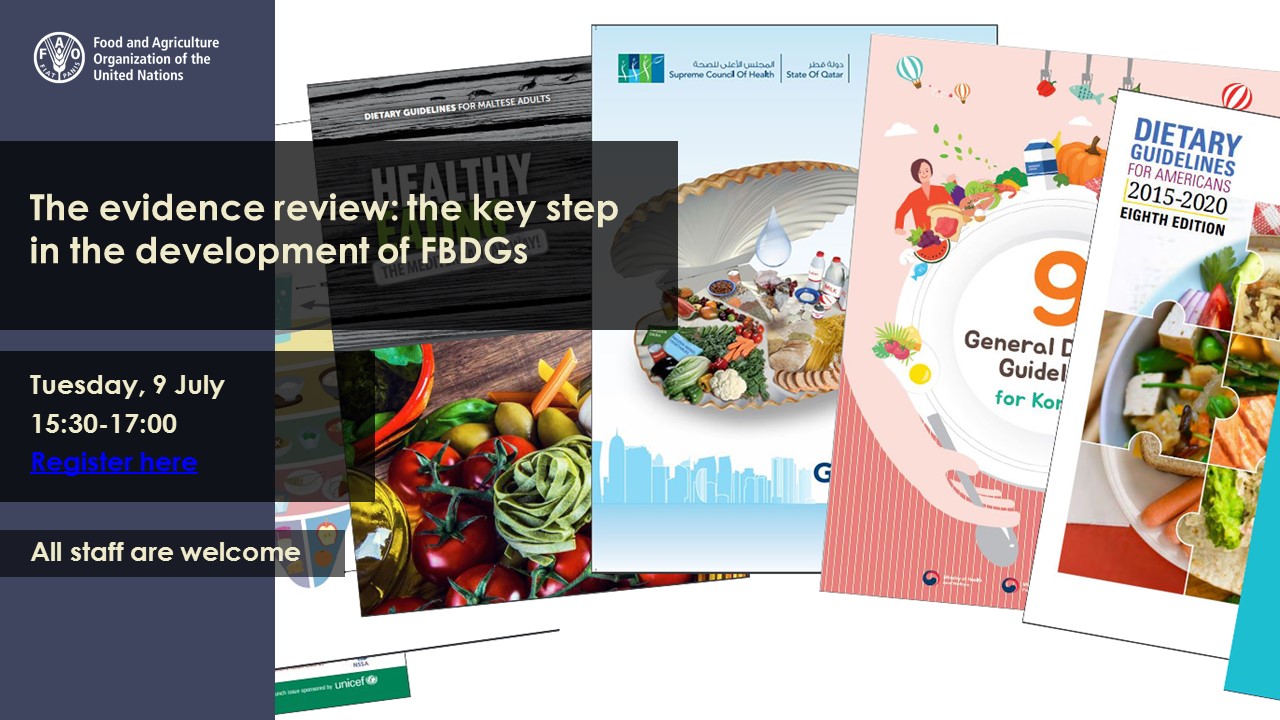This year, the 44th edition of the UNSCN Nutrition (previously UNSCN News) – flagship publication of the UNSCN - explores the contexts in which consumers engage with the food system to make their decisions about acquiring, preparing and consuming food, and the impact of such food environment on their final dietary choices.
Food environments is a new concept and its relevance for a better understanding of food systems is still a matter of debate. Researchers have not yet reached a unique agreed-upon definition of food environments but they tend to converge towards a combination of external and personal factors eventually influencing people’s food choices, attitudes and habits. While food availability, prices, vendors, product properties, marketing and regulation design the food environment externally, a secure food environment also depends on personal aspects such as geographical access, affordability, convenience and desirability of food for the consumer. The food environment will influence the consumers’ dietary habits on the long-term and thus their nutritional and health status. It is thus imperative that food environments are shaped to meet the personal consumers’ needs.
Food environments are shaped by a myriad of factors: taxes and subsidies, marketing and advertisements, production and value chains etc. with their implications for consumer’s choices and the quality of diets. What initiatives can increase consumer demand for healthy diets? What government policy and fiscal measures can positively influence what food is available to consumers and lead to healthier dietary choices? What lessons are available from national and/or local interventions?
The 44th edition of the UNSCN Nutrition - Food environments: Where people meet the food system provides an overview of several food environment related issues through selected publications of authors from all stakeholder groups: government, academics, civil society, and the private sector.


